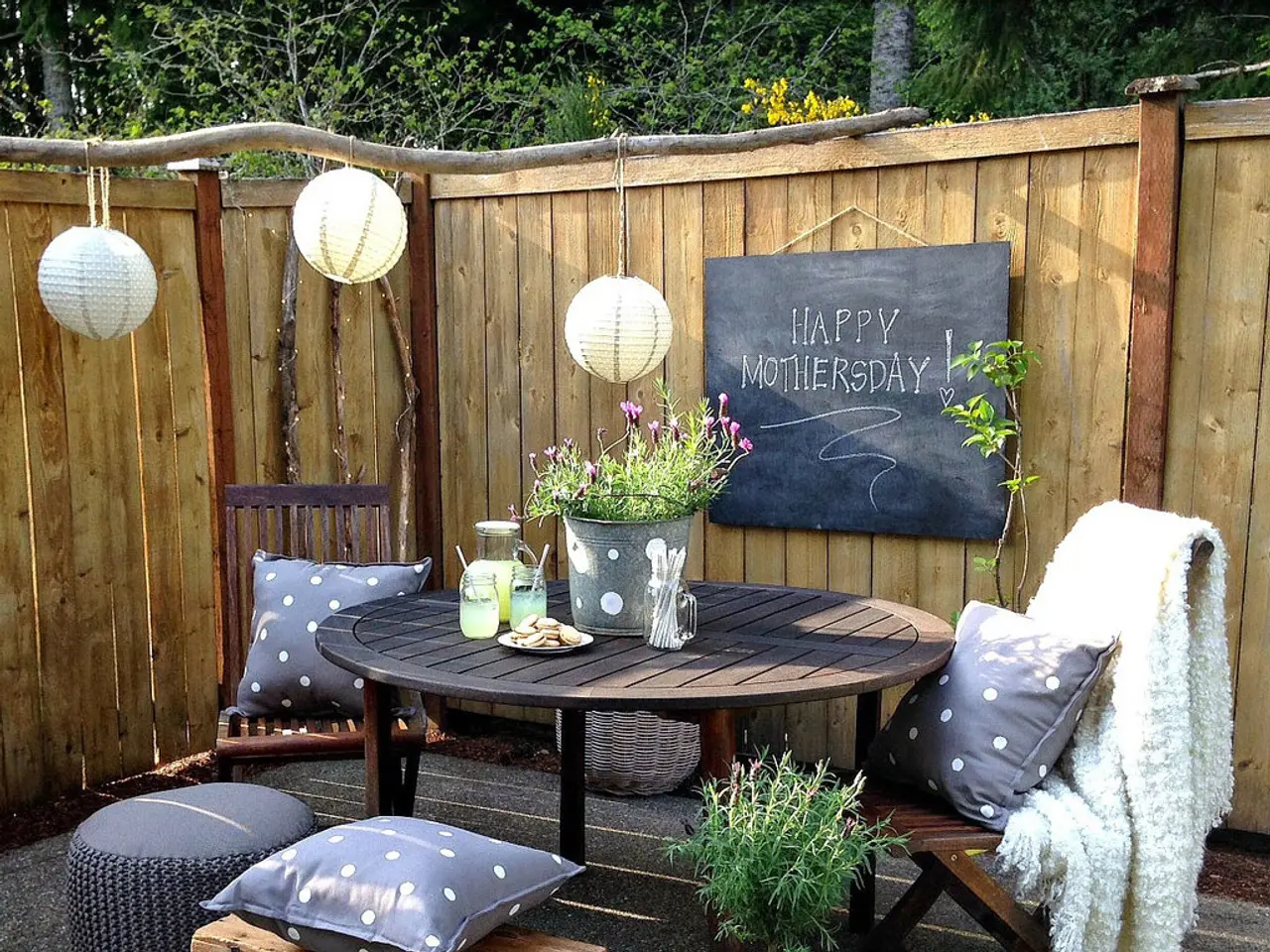Discover the latest offers on the Solar Bank 3 Pro model!
Anker Solarbank 3 Pro Shines in Modular Capacity and Energy Storage for Balcony Solar Setups in Germany
The popularity of balcony power plants, or mini PV systems, is on the rise in Germany. Six affordable sets from various providers showcase the Anker SOLIX Solarbank 3 Pro as a storage solution.
One such set is the Powerness Balcony Power MAX 2000 Bifacial Pro, featuring four oversized bifacial solar modules at 500W each, totaling 2000W, and an Anker SOLIX Solarbank 3 Pro E2700 with integrated inverter. The price, including a smart meter, is €1,495, with free shipping for pickup in Uettingen near Würzburg.
Another option is the ACTEC balcony power plant set, offering a total power of 1820 Watts with four bifacial JA Solar modules at 455W each.
The Anker SOLIX Solarbank 3 Pro stands out with its impressive storage capacity of 2.68 kilowatt hours. It also offers up to 64.5 kWh of energy storage, enabling users to maximize solar energy use and improve self-sufficiency.
The Solarbank 3 Pro can be linked via the Anker Solix Power Dock with up to four units, allowing up to 4,800 W AC power output and supporting a combined photovoltaic input of up to 14.4 kW. This makes it a powerful solution for balcony solar setups, but it comes with a relatively high upfront cost and complexity requiring professional installation.
The challenge with balcony power plants is the storage of the generated electricity. Intelligent storage solutions like the Jackery Navi 2000 available at Powerness offer a solution. This versatile and powerful solar storage system boasts a high capacity of 2,048 kWh, fast AC charging of up to 2,400 watts, and easy installation. It also features an integrated inverter, intelligent energy control, and automatic adjustment of output power to actual demand.
The Maxxicharge V2, another option, scores with several features including flexible expandability, Plug & Play installation, emergency power supply, and development in Germany. Its internal reaction time of 0.4 seconds is 7.5 times faster than the legal requirement for a zero-feed-in control.
As energy prices continue to rise, balcony power plants are becoming increasingly attractive for many households. These devices allow homeowners and tenants to generate environmentally friendly and affordable electricity, optimizing their self-consumption of solar power.
With the Solar Package I of the federal government, plants can now feed up to 800 watts without complicated permits. The Growatt NOAH 2000, another storage solution, offers simple installation, expandability up to 8,192 kWh, a 10-year warranty, and is ideal for outdoor use with its IP66 protection rating. It supports the connection of up to eight PV modules and has four integrated MPP trackers that can control each module individually.
The "Quattro-XL" balcony power plant set, using the Anker SOLIX Solarbank 3 Pro as a storage solution, also offers a total power of 2000 Watts. The complete set with the Anker SOLIX Solarbank 3 Pro from Solarway is ideal for those who want to optimize their self-consumption of solar power. The installation of the Solarbank 3 Pro is uncomplicated and integrates seamlessly into existing balcony power plants.
The Anker Solarbank 3 Pro excels in modular capacity, integrated energy ecosystem support, and energy storage, making it a powerful solution for balcony solar setups in Germany. However, this comes with a relatively high upfront cost and complexity requiring professional installation. The pilot program can ease initial investment barriers for early adopters.
- Artificial-intelligence could potentially optimize the self-consumption of solar power by predicting energy demand and adjusting solar panel outputs accordingly, enhancing the effectiveness of gadgets like the Anker Solarbank 3 Pro in energy storage systems on balconies.
- As technology advances, we might see the integration of artificial-intelligence and gadgets like the Anker Solarbank 3 Pro to create an intelligent solar power ecosystem, where these devices could learn from users' habits and optimize energy usage for more efficient and self-sufficient living in the future.




